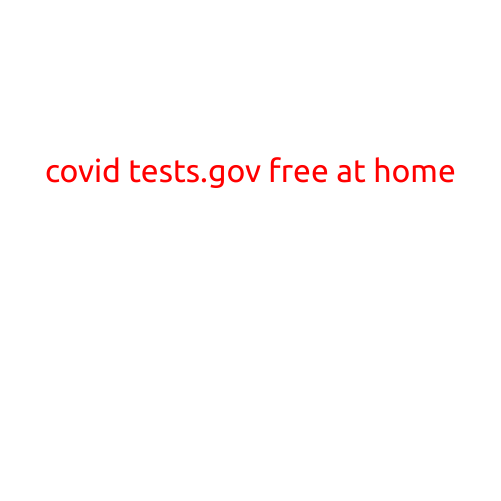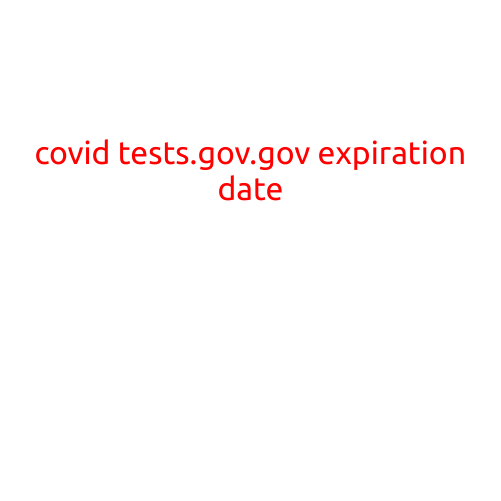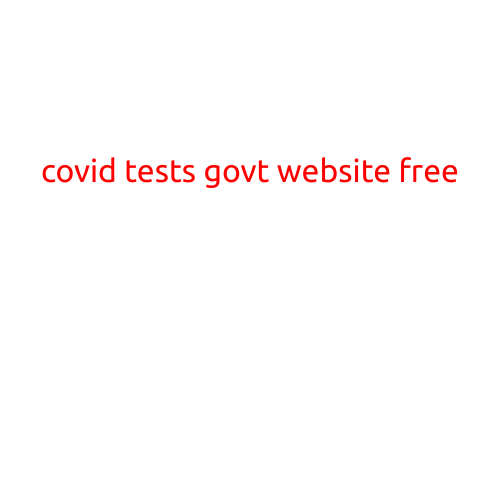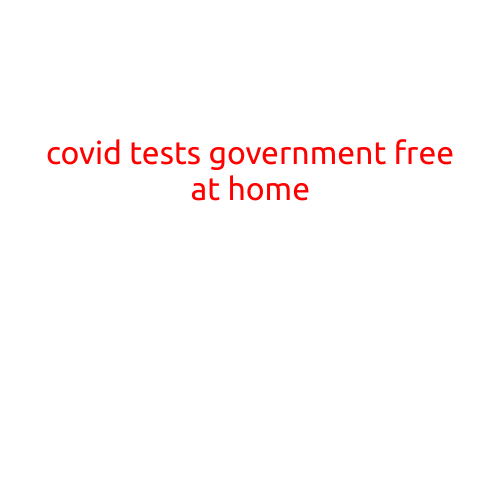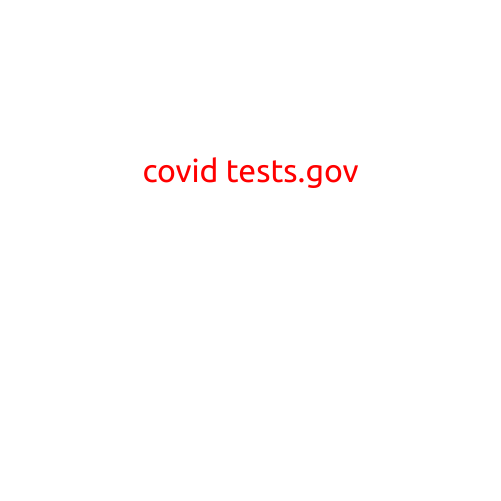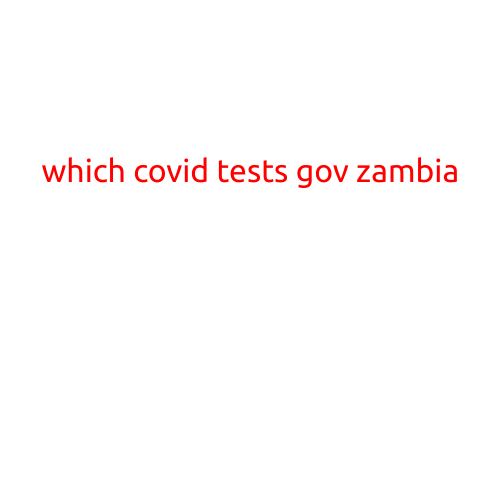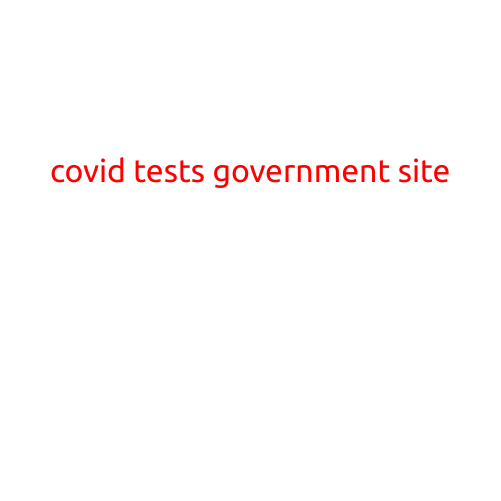
COVID Tests: A Guide to the Government’s Testing Site
The COVID-19 pandemic has brought about unprecedented challenges to our healthcare system, economies, and daily lives. As governments around the world work tirelessly to contain the spread of the virus, getting tested for COVID-19 is an essential step in identifying cases, tracing contacts, and implementing effective public health measures.
In this article, we’ll provide a comprehensive guide to the government’s COVID test site, including the different types of tests available, eligibility criteria, and what to expect during the testing process.
What Types of COVID Tests are Available?
- RT-PCR Test: This is the most common type of COVID-19 test, which detects the genetic material of the virus using a nasal swab or throat sample.
- Antigen Test: This test detects the presence of specific proteins on the surface of the virus, and is often used for rapid testing and diagnosis.
- Antibody Test: This test detects the presence of antibodies in a person’s blood, which can help identify whether they have had COVID-19 in the past.
Eligibility Criteria for Government-Sponsored COVID Tests
- Symptomatic Patients: Anyone experiencing symptoms of COVID-19, such as fever, cough, or shortness of breath, is eligible for testing.
- Close Contacts of Confirmed Cases: Individuals who have been in close contact with someone who has tested positive for COVID-19 may also be eligible for testing.
- High-Risk Groups: Certain groups, such as healthcare workers, first responders, and older adults, may be prioritized for testing based on their risk level.
- Indicators of Public Health Risk: The government may also test individuals who have recently traveled to high-risk areas, have underlying health conditions, or have been exposed to someone with COVID-19.
What to Expect During the Testing Process
- Appointment Scheduling: Schedule an appointment at the government’s test site by calling the designated hotline or through the online booking system.
- Pre-Test Preparation: Arrive 15-30 minutes prior to your appointment to complete any required paperwork and to confirm your identity.
- Test Administration: The medical professional will collect a nasal swab or throat sample using a sterile swab, which takes only a few seconds to complete.
- Results: Test results are typically available within 24-48 hours, although rapid testing may provide results in as little as 15-30 minutes.
Additional Tips and Reminders
- Wear a Mask: Wear a face mask to the test site to prevent the spread of the virus and to protect healthcare workers.
- Bring Identification: Bring a valid government-issued ID and health insurance card to the test site, if applicable.
- Respect Q-Code: Follow the Q-Code guidelines set by the government to minimize the risk of exposure and ensure a smooth testing process.
- Stay Informed: Continue to follow government guidelines and public health recommendations to reduce the transmission of COVID-19.
In conclusion, understanding the government’s COVID test site and procedures is crucial in maintaining public health and containing the spread of the virus. By knowing what to expect during the testing process and what types of tests are available, individuals can take an active role in protecting themselves and their communities. Remember to stay informed, follow guidelines, and take the necessary precautions to stay safe and healthy.
